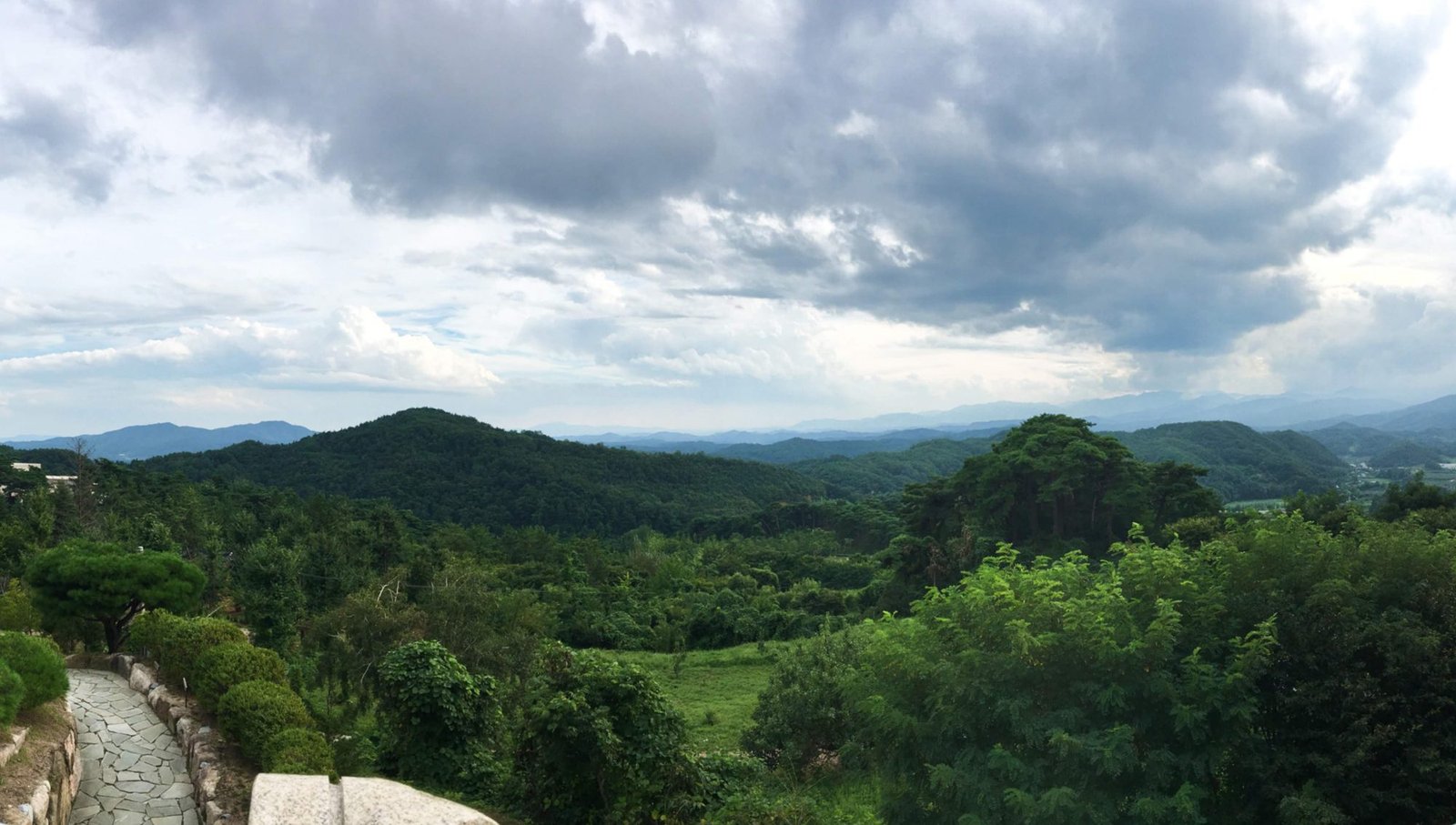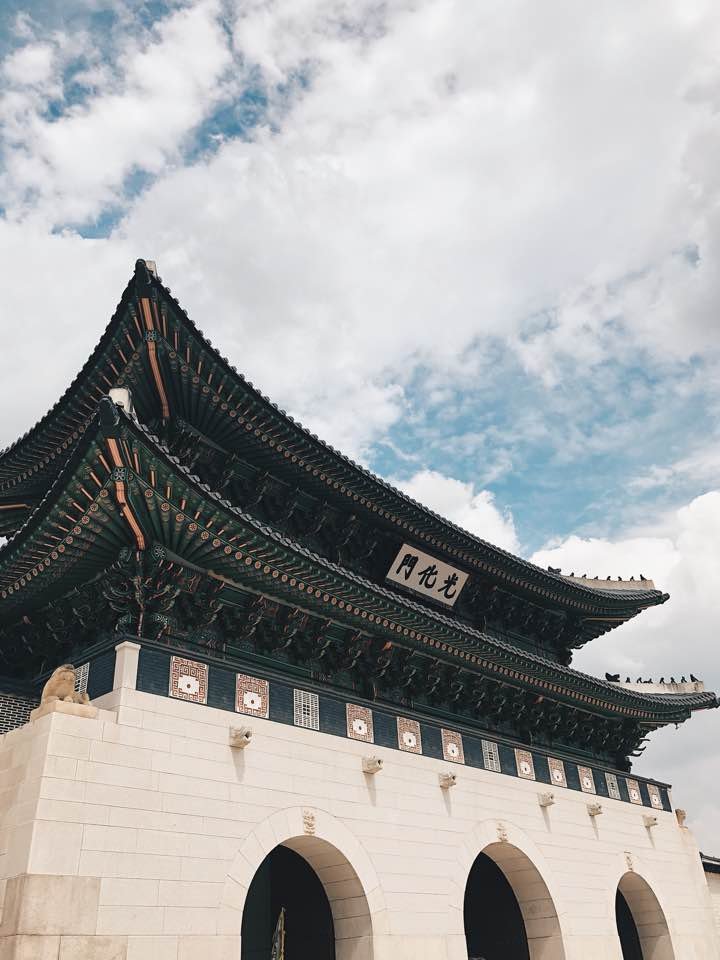I arrived at Incheon International Airport on the evening of Thursday, August 23. I was greeted by strong wind and rain as Typhoon Soulik threatened to make landfall in the greater Seoul area. Fortunately, there were no travel delays or issues with making my way to Yonsei University in the Sodaemun district of downtown Seoul. In fact, everything seemed to carry on as normal in spite of the impending weather.
At orientation the following day, we were divided into groups of six and given a set of “missions” to complete for a photo scavenger hunt in the enormous city of Seoul. Having no knowledge of the Korean language, and no familiarity with the city, its people, its layout, or its transportation system, I was especially intimidated by this. It is one thing to be in a new city, but it is another thing entirely to be in a new city where you can’t even read the street signs. Fortunately, I was not alone, and the six of us set out on our first task to discover the Gyeongbukgung Palace in the heart of downtown (though not without getting lunch first—see attached photos).
The Gyeongbukgung Palace was built in 1395 and sits in the foreground of the large, sprawling mountain ranges protecting the city of Seoul. It was built during the five-centuries-long Joseon Dynasty, the last dynasty of Korea. The palace was the largest of the Five Grand Palaces built by the Joseon Dynasty and served as the main palace, housing the kings and the government of Joseon.
I was incredibly surprised by the palace when I first saw it. We had just gotten off of the bus and were walking through the bustling downtown amongst skyscrapers, markets, food stalls, and men and women in business attire. After rounding a corner, I was struck by the incredible grandeur of 14th century palace as it stood in stark contrast to the modern life and architecture of downtown Seoul. It felt as if we had suddenly stepped back in time.
For the rest of the afternoon, this theme of centuries old tradition mixing with modernity and new trends presented itself over and over again. Whether it was food, music, clothing, or architecture, everything seemed to be steeped in rich, longstanding tradition with a modern twist. Regardless of whether I am in a 14th century royal palace, my dorm room, an ancient Buddhist temple, or a coffee shop, I am always connected to WiFi. Where one street corner has men performing a traditional Korean folksong and women dressed in Hanboks, the other has an up and coming boy band trying to promote their latest K-Pop album.
The city of Seoul is incredibly unique in its character as old and new are constantly intertwined to create a culture proud of its history and tradition, yet always moving forward with new technology, trends, and ideas. I am very excited to continue exploring and learning about this remarkable place.

